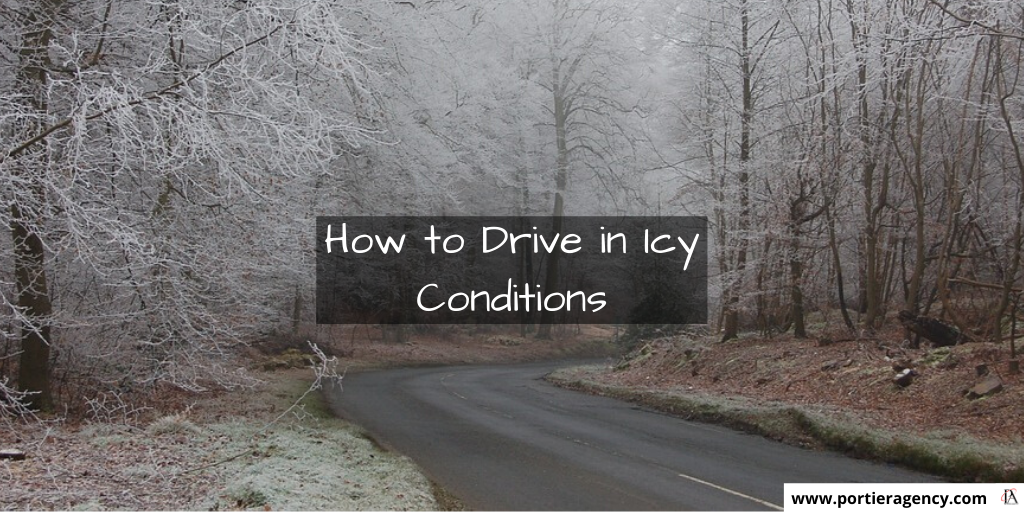How to Drive in Icy Conditions
How to Drive in Icy Conditions
Icy weather can create challenging, and potentially dangerous, driving conditions in the winter months. Black ice forms on roadways and can produce a nearly invisible hazard. As temperatures approach freezing, icy conditions can develop, especially on roadways where elevation is higher, and bridges and overpasses. Adjusting your driving behavior for these conditions can help keep you, and others around you, safe on the road this winter.
Recognize Local Forecast
Changing winter weather can present hazards for drivers unaware of the local weather forecast. Knowing when ice may be present is an important first step. If you plan to drive in an area where snow or ice may be possible, check conditions in advance. You can sign up for weather alerts to receive text messages and optional alerts for your area. Just make sure not to use your smartphone while driving, as you will want your full concentration on the road.
Be Aware of Other Drivers
Even if you know the area and are familiar with driving on icy roads, other drivers may not be as experienced or aware of potential dangers. It’s important to increase your following distance to compensate for the increased stopping time it can take for you and other drivers to stop on slick surfaces. Be aware that larger vehicles, such as tractor-trailers, may require even longer to stop in adverse weather conditions.
Practice Caution in All Vehicle Types
While four-wheel drive, all-wheel drive, Electronic Stability Control and other safety features can help you to drive more safely in the snow and ice, they may not be able to help drivers to safely drive at regular speed limits during snowy, slushy or icy conditions. The National Safety Council recommends a three-second following distance during ideal road and weather conditions, and suggests slowing down and increasing following distances during adverse weather conditions or when visibility is reduced. Depending on your vehicle and where you live, you may want to consider whether snow tires are necessary in the winter months.
Expect Changing Road Conditions
Even the day after a storm, road conditions can remain challenging as road crews work to clear snow and ice. The roads may be clear in one area and icy in another due to elevation, road treatment and other factors. Freezing and melting precipitation can create new dangers overnight. As air temperatures rise above 32 degrees, roadways may retain pockets of ice that can be dangerous to drivers.
Know Where to Stop Safely
Deciding to stay home or to get off the roads when conditions turn icy can be a smart safety decision. Make sure that you choose a […]
# # #
Continue to read this Travelers Insurance article.
Don’t forget, The Portier Agency offers:
homeowner/mobile home/ renter’s /automobile / motorcycle / life / commercial / crop insurance.
Call or come by to get your quote!
 The Portier Agency, LLC
The Portier Agency, LLC
113 North Irwin Avenue
Ocilla, GA 31774
229-468-3444
portieragency@windstream.net
